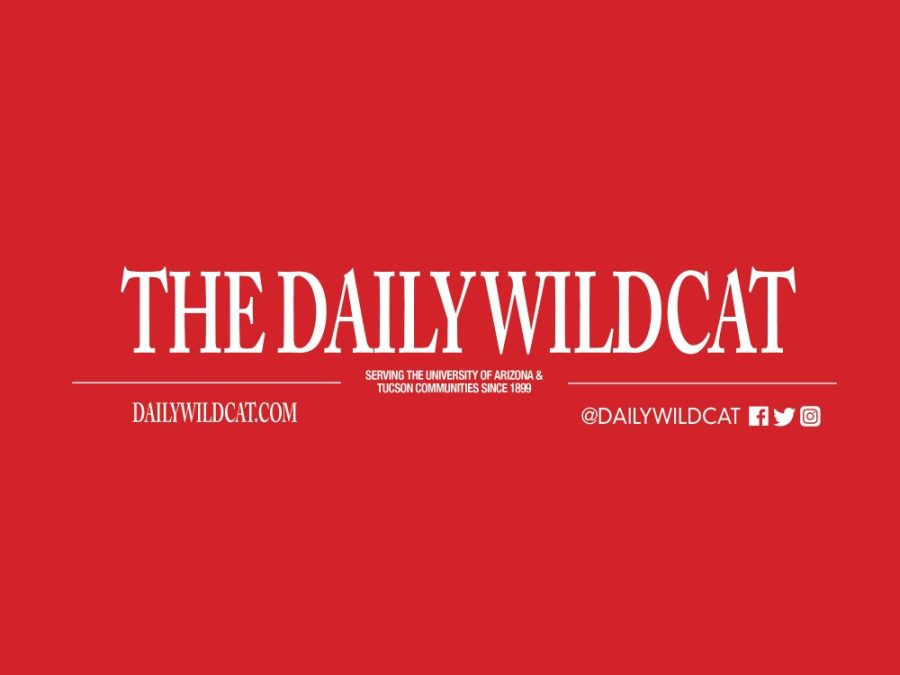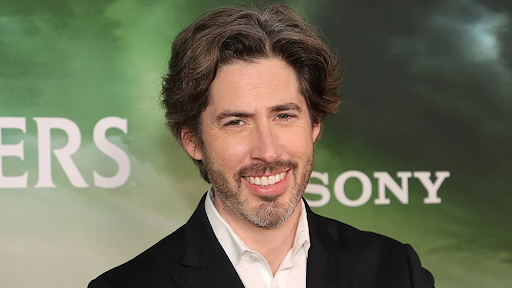For institutions like universities, reputations are worth their weight in financial gold. In the last few years, it can be argued, the University of Arizona’s reputation has taken hit after hit, culminating this last semester with off-court intrigue, court room revelations and more lawsuits.
While reasonable people may point to a different genesis point for the downward spiral, the nadir of negative public opinion truly took off after former UA President Ann Weaver Hart decided to join the board of DeVry Education Group (now Adtalem Global Education).
The for-profit corporation, which oversees the operation of DeVry University, Carrington College and a host of other dubiously accredited institutions, has a ubiquitous presence in the United States.
RELATED: EDITORIAL: Let the Wildcat be your guide
So ubiquitous, in fact, that you could call it a competitor, not just to public academia in general, but specifically to the UA.
In January 2016 — coincidentally the same month Hart was announced as one of the group’s board members — the Federal Trade Commission filed a lawsuit against DeVry Education Group alleging false or misleading advertising.
Hart’s presence on the board, and the subsequent disclosure of her $170,000 salary for that presence, didn’t help endear her or the UA to the public. Eventually, a timetable for her removal from UA was announced, and Hart was essentially out of power by January 2017.
About that same time, Athletic Director Greg Byrne was on his way to the greener pastures of the University of Alabama. That’s about when things started going sideways for the athletic department.
Although the story had come out a year before, the abuse and attack of Baillie Gibson, a track and field athlete, by her (former) assistant coach Craig Carter made major headlines after ESPN’s Outside the Lines ran a segment recapping Gibson’s side of the story in May 2017.
Fast forward to the beginning of the fall 2017 semester. With the appointment of Dr. Robert Robbins to the presidency, hope for a new era of accountability and transparency was high. Dave Heeke, who had joined UA as the new athletic director earlier in the spring, was also a welcome new face.
Then former assistant basketball coach Book Richardson opened the door to his home one late-September morning. Greeting him were FBI agents and a fresh federal indictment for bribery, fraud and other corruption charges. The spiral of bad news for UA became a swan dive.
The bad news continued in October when a student filed a federal Title IX lawsuit against the university, claiming the administration acted with “deliberate indifference” toward reports of abuse by former Arizona running back Orlando Bradford. In November, Bradford was sentenced to five years in prison after pleading guilty to two counts of federal aggravated assault against his ex-girlfriends. A secondary lawsuit was filed against the university by another student, and ex-girlfriend, in January of this year.
In December, a former personal assistant to former head football coach Rich Rodriguez, filed a harassment and hostile workplace claim against Rodriguez (and, later, against UA).
Soon after, ESPN published a controversial story accusing basketball coach Sean Miller of discussing payments to acquire the services of player Deandre Ayton.
To top it all off, the former dean of the UA Honors College, Patricia MacCorquodale, filed a class action, Title IX lawsuit against UA. The suit has been joined by Janice Cervelli, former dean of the College of Architecture, Planning and Landscape Architecture.
The overall perception given by these various scandals and cases has been decidedly negative. However, in the last three weeks, signs of a thaw have emerged from this winter of Wildcat discontent.
The women’s golf team, led by Haley Moore, brought home a national championship at the end of May. The team bested UCLA, Stanford and eventually Alabama (take that Byrne!) before bringing the trophy back to the Hall of Champions outside McKale Center.
The UA, in partnership with Banner Health, was also the recent recipient of the largest National Institutes of Health award ever given in Arizona. The nearly $60 million award will “aim to improve health outcomes and fuel development of new treatments for disease,” according to a UA press release.
There are also the recent rankings of universities released by the Center for World University Rankings. The United Arab Emiretes-based firm placed the UA 52nd out of nearly 18,000 institutions surveyed.
RELATED: EDITORIAL: Intro course teachers need equal support regardless of employment status
More importantly, it found UA to be nearly 50 spots superior to that large college in Tempe, something always worth celebrating.
These recent developments give students, faculty and alumni something positive to follow and believe in again. The additions of President Robbins and Athletic Director Heeke have led to encouraging hires across the university, from gymnastics to health sciences.
Though these developments are by no means a concealment of the harsh realities that must be dealt with regarding the wrongs done by UA, they are evidence of an institution that acknowledges past shortcomings — and is moving towards something brighter.
— Editorials are determined by the Daily Wildcat Opinions Board and are written by its members. They are Editor-in-Chief Jasmine Demers, Engagement Editor Eddie Celaya, Managing Editor Marissa Heffernan and Arts and Life Editor Pascal Albright.
Follow Eddie Celaya on Twitter









